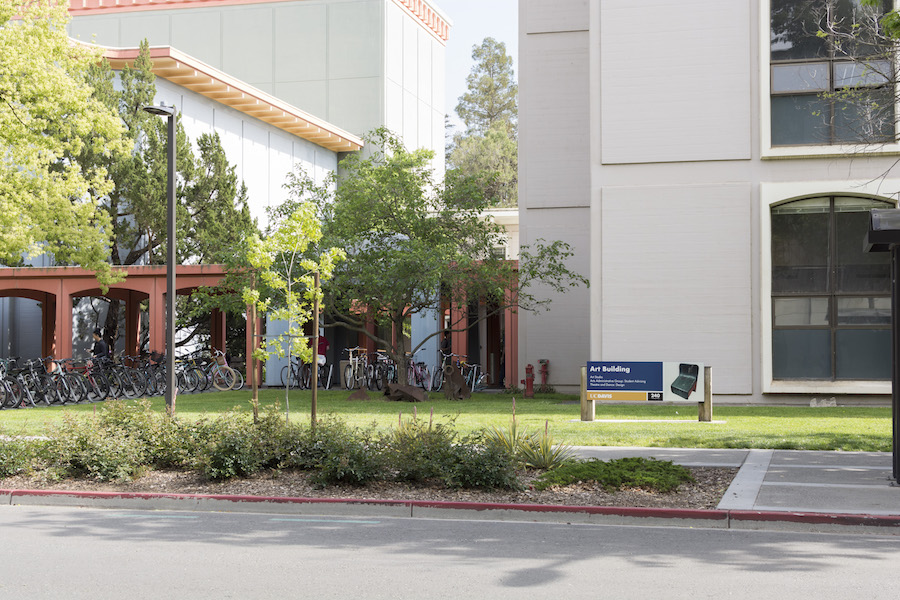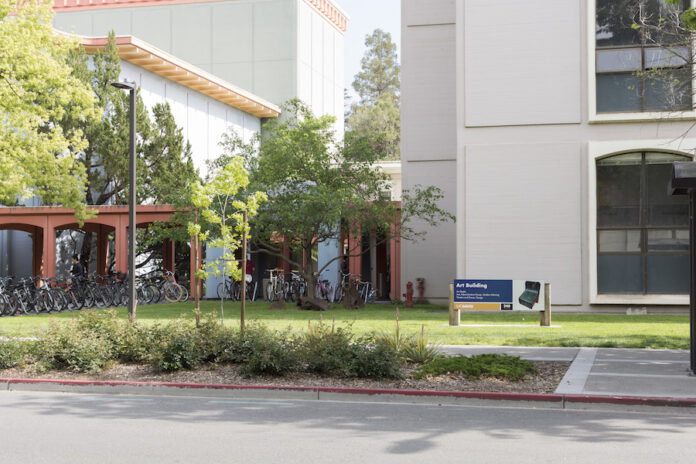
 Davis promotes art therapy as method of expression
Davis promotes art therapy as method of expression
Our minds’ creativity is sensational and oftentimes expressed with a paintbrush to paper, with hands to clay or even with a pencil to a printed mandala, which has basically become the adult version of a coloring book. In a moment of expression, our creativity takes hold of our full attention — all the while serving a therapeutic purpose.
Mara Newbart, a clinical social worker and psychotherapist in Davis who works on a variety of mental issues, incorporates art therapy as a form of expression. She utilizes it mostly with children but says that adults benefit as well.
“Sometimes you just don’t have the words to express what is going on,” Newbart said. “[Art therapy] gets emotions out that you don’t even know you have.”
As a form of treatment, Newbart uses art therapy to help people reach emotions stored in parts of the brain that are verbally unaccessible. She has witnessed how people, through art therapy, have an outlet to express their feelings of pain.
It’s important for students to find a space in which they can express themselves, like Newbart’s office, where issues are dealt with in a creative and healing way. Newbart notes the importance of “having someone to guide you” in a therapy setting, especially when dealing with bigger issues. Students should reach out and seek professional help if they are facing hard times. People like Newbart are here to help.
Art outside of therapy can also have the same effect. Research has shown that “art can make a contribution to promoting positive mental health,” as well as serve as a form of empowerment and liberation. The study, published in the Disability and Society journal, stated that when art was conducted in a group setting, the interaction caused an increased sense of freedom. Participants in this study additionally saw an improvement in their general quality of life and emotional well-being. It positively affected their emotions and caused higher states of relaxation — found to be “an antidote to depression, anxiety, and fatigue.”
Students should participate and have the opportunity to engage in similar group settings. There are various art related activities that are promoted through UC Davis. Art is supported through organizations like the Cross Cultural Center, the Women’s Resource Center and other centers at the Student Community Center. These centers do not only spark the imagination, but also incorporate strong cultural and political meaning to their work.
Here on campus, students can also obtain the benefits of art therapy in a more private setting through Student Health and Counseling Services. These services are free to all students with or without insurance. Martha E. Zamudio, a psychology postdoctoral intern at UC Davis, uses art therapy on campus “as a way to engage the creativity of people’s minds,” as well as to deal with culturally sensitive art. She has created a group, the Mendalamented, to engage students in an impactful way. In the group you will find talks of mental health where media like clay work, painting, drawing and filling in mandalas are utilized as alternative ways to help students express their feelings. The group is confidential and held at North Hall, but is accessible to all students through the Student Health and Counseling Service center.
This form of group art, as well as many others, have helped students bond and, as Zamudio said, “Fill in a part of a person’s experience that they might have not been able to express.”
Written by: Marisol Beas — mbeas@ucdavis.edu
Disclaimer: The views and opinions expressed by individual columnists belong to the columnists alone and do not necessarily indicate the views and opinions held by The California Aggie.





